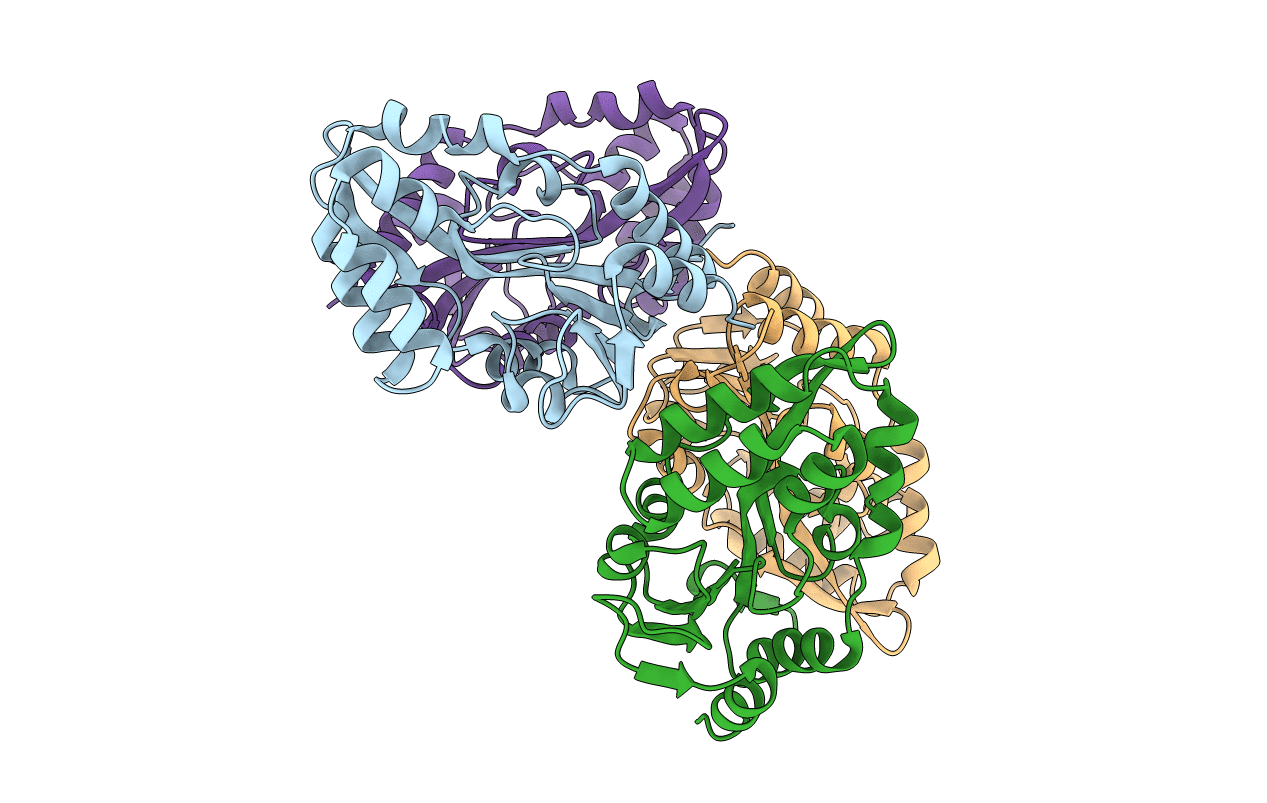
Deposition Date
2012-08-14
Release Date
2012-12-26
Last Version Date
2023-12-20
Entry Detail
PDB ID:
4B6J
Keywords:
Title:
Crystal structure of phosphoserine phosphatase from T. onnurineus
Biological Source:
Source Organism:
THERMOCOCCUS ONNURINEUS NA1 (Taxon ID: 523850)
Host Organism:
Method Details:
Experimental Method:
Resolution:
3.34 Å
R-Value Free:
0.26
R-Value Work:
0.21
R-Value Observed:
0.21
Space Group:
P 41 21 2


